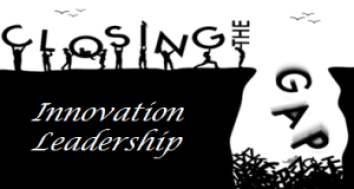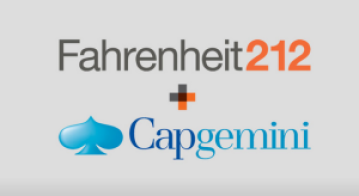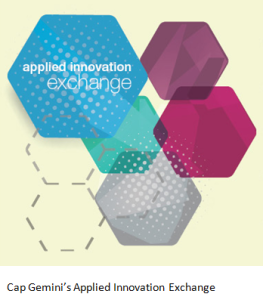 We cannot get away from the reality that in most of our organizations we have a disconnect going on around innovation.
We cannot get away from the reality that in most of our organizations we have a disconnect going on around innovation.
Research shows a lack of engagement around innovation by non-managers, also there are claims through studies that 7 out of 10 of employees do not understand how they can make a worthwhile contribution.
The cynicism around innovation has turned it into nothing more than a buzzword for many, not taken with the seriousness that it really deserves for sustaining growth within organizations and achieving broader engagement to make this happen.
Innovation is treated as more the opportunity taken when it fits and works, often toned down when it does not. There is often a total lack of sustaining strategic commitment to innovation.It is just not integrated into the core of the organization.








